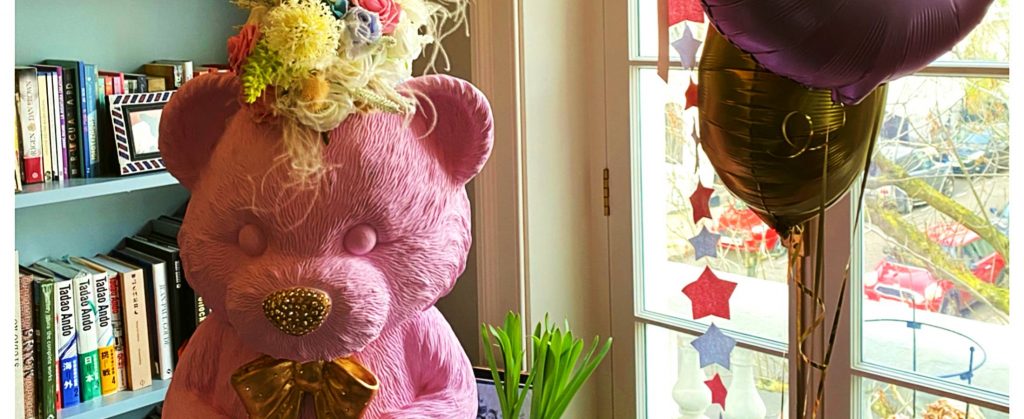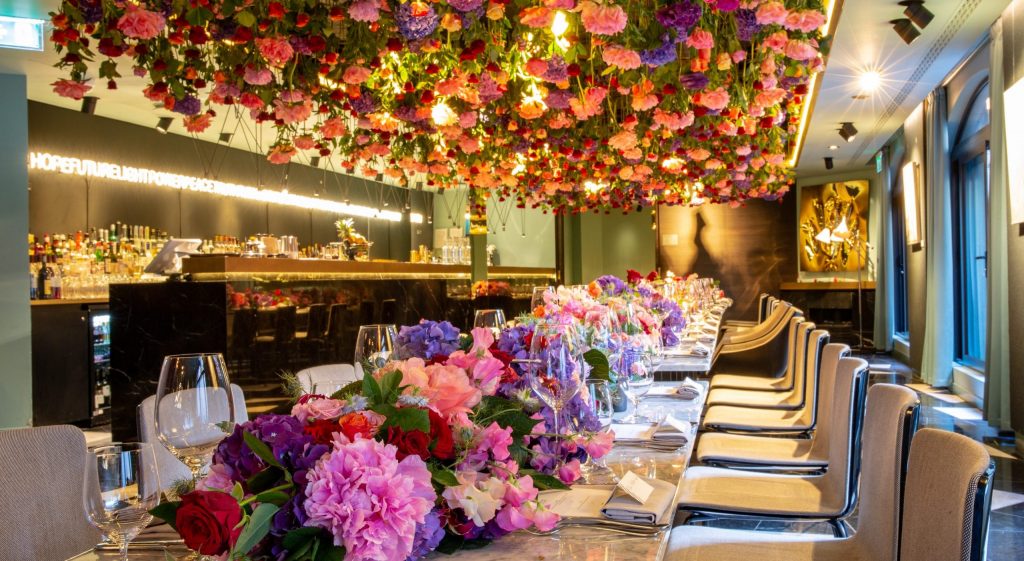The Sybarite sat down with Tom Raynham, Chief Executive of the Raynham Estate, to discuss his career in land agency and agricultural investment, as well as the past, present and future of the family estate.
With a renowned family estate that he was destined to inherit since birth, Tom Raynham knew that the best way to cultivate the knowledge he would need in the future was through a career in agricultural property and land agency.
Studying Rural Estate Management at the Royal Agricultural University in Cirencester, Raynham went on to work at Bidwells as a Land Agent, Knight Frank buying and selling commercial farms alongside being Chairman of the Historic Houses Association – Next Generation Group, before finally assuming his role as Chief Executive of the 5,500 acres Raynham Estate in the last decade.
Born and raised in north Norfolk, Tom, the current Viscount Raynham (who will one day become the ninth Marquess Townshend) has always been a fan of classic countryside pursuits such as shooting, football and rugby, which he enjoyed during his school and university years.
Raynham Estate is steeped in history, and as early as the 1500s has been a part of the Townshend family, which has always had its roots in agriculture and stewardship of the land. Over the centuries, members of the family have acted as high-ranking politicians and soldiers, yet they were also pioneers in agricultural techniques.
The Raynham Estate’s greatest son was Charles “Turnip” Townshend, who revolutionised architecture by creating a four-course crop rotation featuring for the first time clover and turnips. This allowed animals to be fed over winter and also provided vital nitrogen-fixing qualities to the soil that improved fertility. As a result, wheat exports from the UK increased nine-fold in the 18th century.
Nine generations later and the Raynham Estate is still at the forefront of agricultural development. Spearheaded by Tom, who believes one must “walk in the footsteps of the past to try and improve agricultural techniques for us today”, the estate negotiated a 30-year lease for a 225 acres solar farm. “My grandfather bought back an old airfield that was previously ours prior to the Second World War,” Tom tells us. He explains that this was done through the Crichel Down law, a law that allows the previous owners to buy back land once the MOD no longer has any use for it; “It’s classified as a brownfield site given its previous use as an airfield and bomb dump, so it provided an opportunity to do something outside of traditional farming” Tom explains.
Generating just under 50 megawatts of power, the Raynham Estate solar farm is one of the largest in England.

Tom has a keen interest in continuing to develop agricultural techniques and make farming more efficient by incorporating modern technology, of which renewable energy plays a strong part; “For us, the real impact for renewable energy is our AD plant, which is an anaerobic digestor” Tom tells us. When he’s explaining this gas-to-grid machine (which pumps 550 cubic metres of gas into the national grid per hour), he really lights up and speaks with concision and pure passion. He describes an anaerobic digestor as the “stomach of a cow”, fed a mixture of whole-crop rye, sugar-beet pulp and shortly chicken muck (all of which is produced on the estate) which breaks down the product into methane. It is then collected, filtered and cleaned, the gas is upgraded and injected directly into the gas main. “We are a direct supplier to the gas main from agricultural waste,” Raynham says proudly.
“The beauty of it from our point of view is that all of the byproduct from the process is collected and spread on the land as fertiliser”, thus lowering the estate’s input costs and creating minimal wastage.
The hope is that the AD will benefit the estate’s entire farming operation, much like his forebear’s innovations did some 300 years ago.
Amongst all of this, Tom has plans to diversify the estate by making the most of its retail, leisure and let property potential. He is creating a new business partnership to transform the currently abandoned four-acre walled garden and surrounding buildings into a retail and events venue, complete with farm shop (selling meat from the estate’s beef cattle), pub, microbrewery, children’s play area and a 600-seat amphitheatre. In terms of accommodation, Tom says the forest grounds around a lake will hopefully feature wood cabins and treehouses “taking the glamping side to a whole other level.”
The aspect that Tom finds most challenging on an everyday basis is “coordinating everything, the financials, being the rudder of the ship really. I’ve previously always worked for someone else, so for me, this is my first endeavour into running my own business and that’s quite challenging. It’s exciting as well. It’s a good challenge.”
“The team you build around you is the most important aspect and I am very much enjoying being my own boss,” he laughs.
As the CEO of the Raynham Estate, Tom is set on writing his own chapter that will not only leave a permanent footprint on the development of the estate but on agriculture overall.




